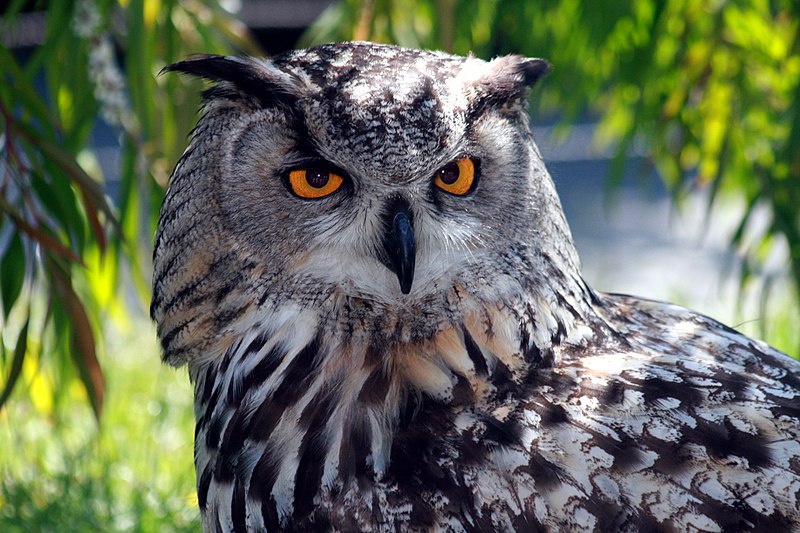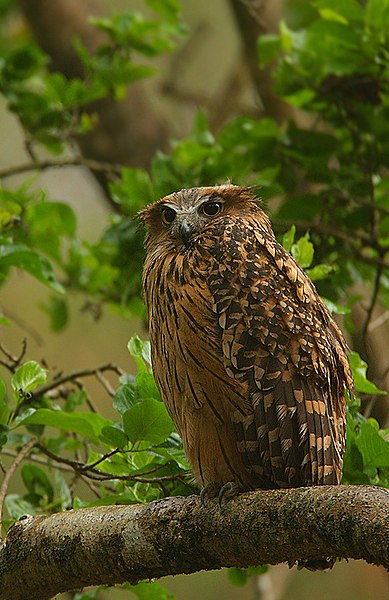
Sorcery and Witchcraft
India’s 30 owl species have been strictly protected since 1972. However, recent studies have shown that they are in great demand for use in black-magic and even religious rituals. While many folks tend to write off such threats as “marginal”, a report issued by TRAFFIC India (please see below) documents that many thousands of owls are killed each year to satisfy the bizarre demands of those who believe in their magical properties.
At least 15 species native to India are being taken from the wild, including the tiny Spotted Owlet, the huge Eagle Owl and even rare specialists such as Tawny and Brown Fish Owls (please see photos).
The Evil Side of Harry Potter
In an even stranger twist of fate, it appears that Harry Potter movies and books, which have become pop culture icons worldwide, have spurred a real increase in the collection and sale of owls as pets. India’s Minister of Environment and Forests makes the point that this threat comes from upwardly-mobile, educated urbanites  purchasing owls for their children!
purchasing owls for their children!
India’s Owls are not likely to survive the two-pronged attack from both poor rural residents and wealthy urban-dwellers.
Other Threats
Owls are also captured for use in street performances and folk medicine, and as decoys to attract game birds; a demand for owl trophies and owl meat adds to the problem. Products from other protected species, including mongoose hair, snake skins, rhino horn and tiger claws, as well as live birds of many species, are frequently found in Indian markets selling owls.
Urban Owls
If given half a chance, many owl species can survive near and even within large cities. Active by night, and favoring the rats, mice and sparrows so common in urban centers, some do quite well among us. Abandoned buildings are a favorite nesting site for the Barn Owls that have taken up residence in the Bronx, NY.
I’ve observed 6-7 species right in New York City, 3 or 4 of which still nest in Manhattan (Great Horned, Barn, Screech and Saw-Whet Owls). The Great Horned Owl (please see article below), is large enough to prey upon cats and skunks – that such a magnificent predator can survive in our midst gives me hope for the future of owls everywhere – but they need our help. Please see the articles below to learn more.
Further Reading
 The text of the TRAFFIC report on India’s owls and a video update may be viewed here.
The text of the TRAFFIC report on India’s owls and a video update may be viewed here.
Video of a Fish Owl Hunting.
Great Horned Owls in NYC
Eagle Owl image referenced from wikipedia and originally posted by Mila Zinkova
Tawny Fish Owl image referenced from wikipedia and originally posted by Jayanthsharma
Spotted Owlet image referenced from wikipedia and originally posted by J.M. Garg
 That Bird Blog – Bird Care and History for Pet Birds
That Bird Blog – Bird Care and History for Pet Birds



